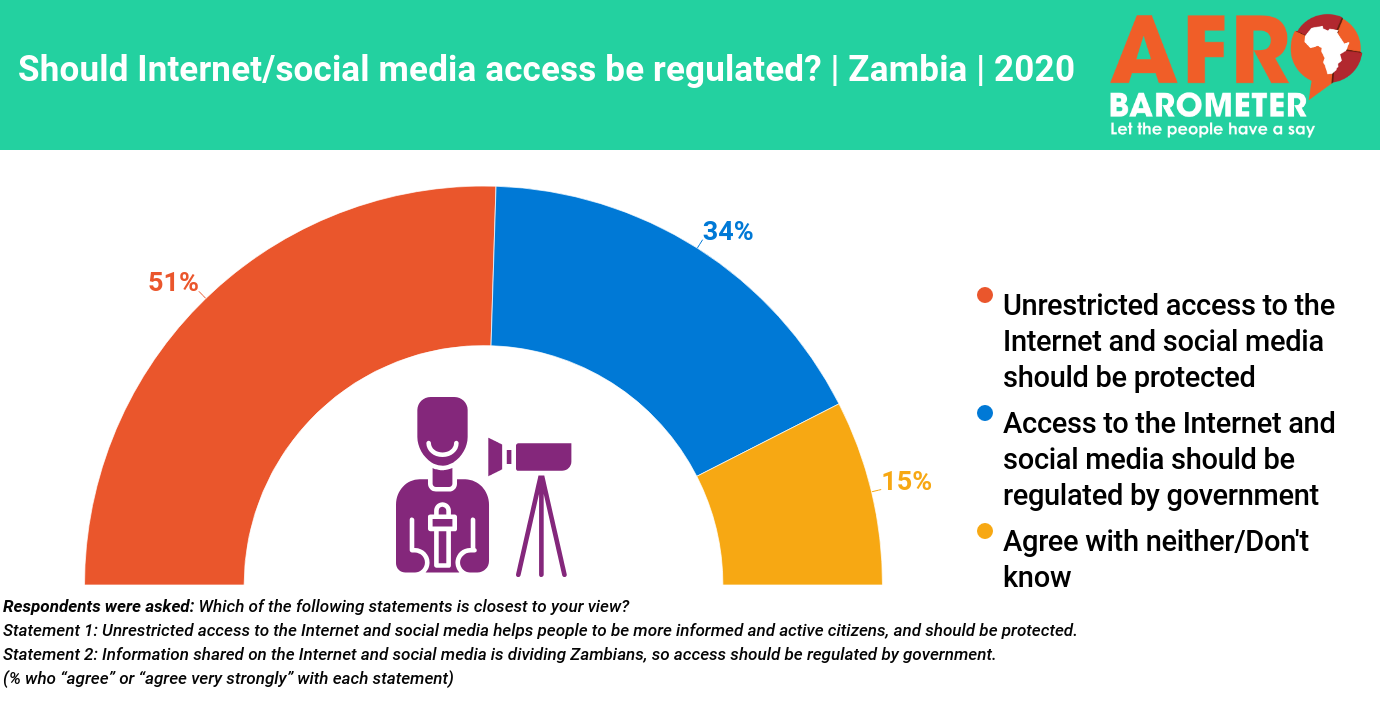- South African youth have consistently identified unemployment as the most important problem facing the country. In Afrobarometer surveys since 2000, on average 46% of young respondents have cited unemployment first among the three most important problems that they say government must address. In 2011, two-thirds of young South Africans were optimistic about the government’s prospects for solving the problem by 2016.
- Despite government efforts to improve access to and quality of education, the legacy of apartheid-era inequality persists. In the 2011 Afrobarometer survey, young White/European South Africans were significantly more likely to have post-secondary education (44%) than South Asian/Indian (20%), Coloured/Mixed race (14%), and Black/African (8%) respondents. The Cape Higher Education Consortium in 2011 noted that White/European South Africans’ participation rates in tertiary education were 43 percentage points higher than those for Black/African South Africans
- Government’s financial aid support for financially needy students accessing higher education has grown significantly since South Africa’s political transition: In 1995, financial aid of R40 million supported about 40,000 beneficiaries, which grew to almost R13 billion for approximately 150,000 beneficiaries in 2010.
In 2015, the Republic of South Africa ratified its National Youth Policy 2015-2020 (NYP). One of the policy’s four primary objectives is “to strengthen the capacity of young people to enable them to take charge of their own well-being through building their assets and ultimately realising their potential to the fullest” (Presidency, 2014, p. 12). This is a crucial objective, given that about half of the country’s unemployed workers are youth ages 15-24 years (Statistics South Africa, 2015).
Two-thirds (66%) of South Africa’s population is less than 35 years old (Statistics South Africa, 2014). To reap a demographic dividend from its “youth bulge,” the government’s strategy entails investment in human capital development, particularly in education.
This paper examines South Africa’s progress in building young people’s human and labour-market capacities through education. Longitudinal data from Afrobarometer and the Institute for Justice and Reconciliation’s (IJR) Transformation Audit indicate that the South African government has succeeded in increasing access to education for the current generation of youth. However, an analysis of unemployment data and trends in higher education participation rates paints a less rosy picture for the prospects of South African youth, particularly Black youth.
Although the NYP clearly indicates that the government considers young people to be one of South Africa’s primary assets, a majority of South African children and youth still attend under-resourced schools with poorly trained teachers (Spaull, 2013). Furthermore, the loss of pupils in the school pipeline contributes to low levels of post-secondary education, exacerbated by limited vocational skills training (Lolwana, 2012).
Despite government efforts, inequalities in educational attainment persist across races. Our results suggest that further investment in public education, including upskilling of teachers, is key to creating a generation of productive and fulfilled citizens. In addition, given the high proportion of young people who fail to complete secondary education, vocational training is an untapped resource for increasing employment and growing the economy.

